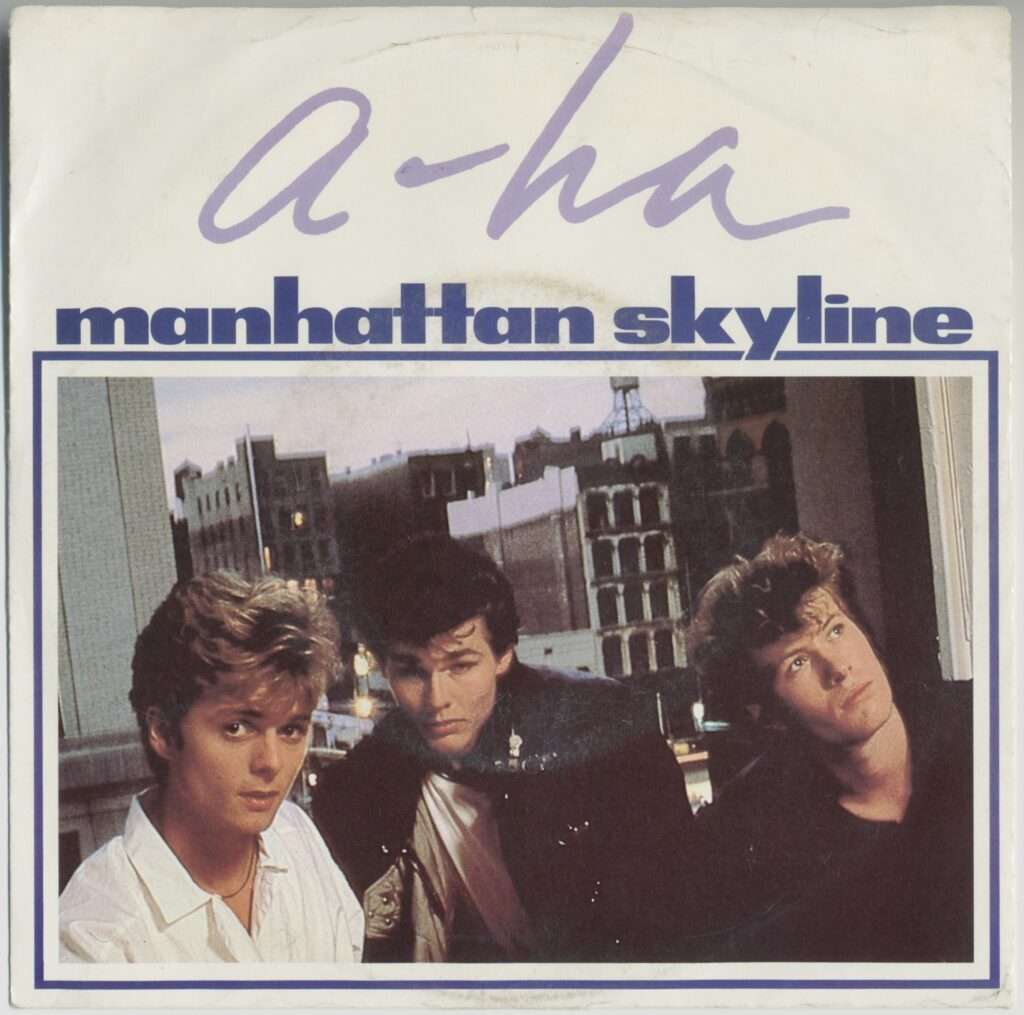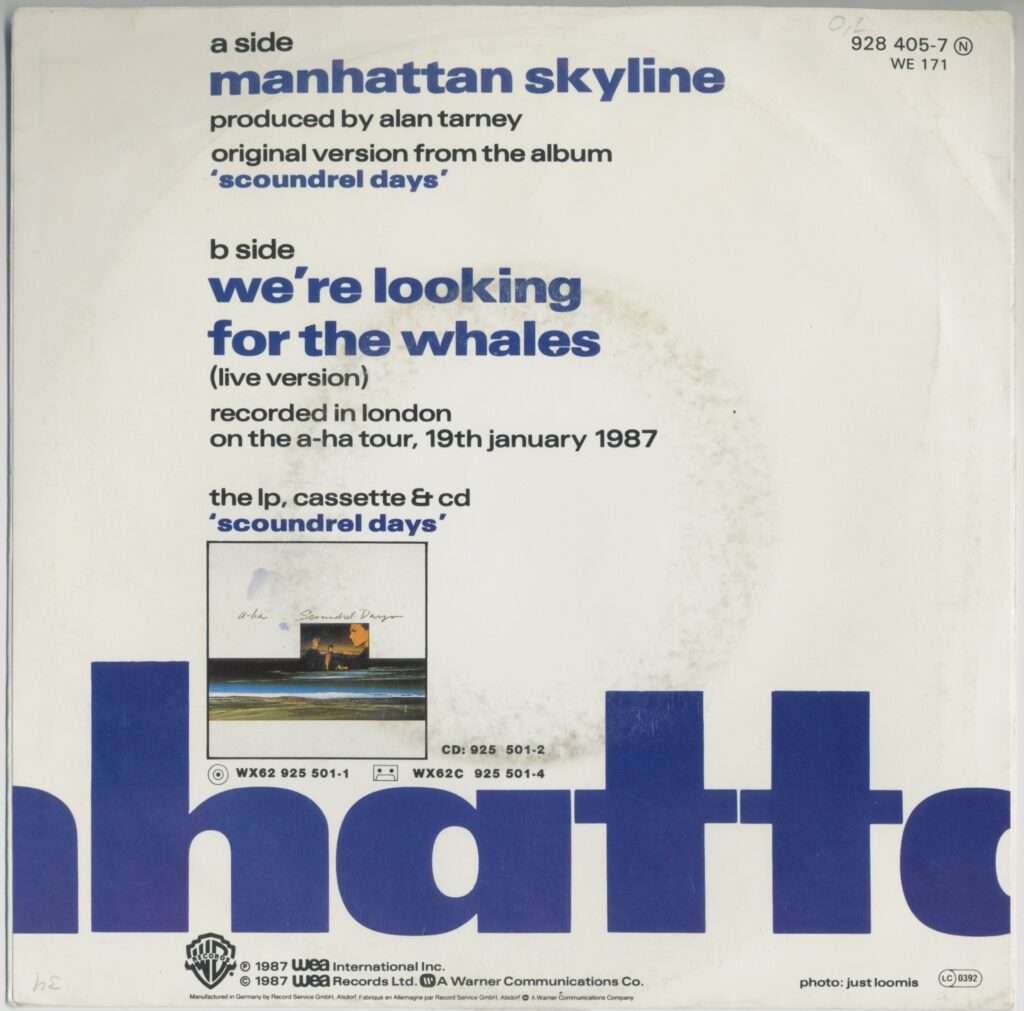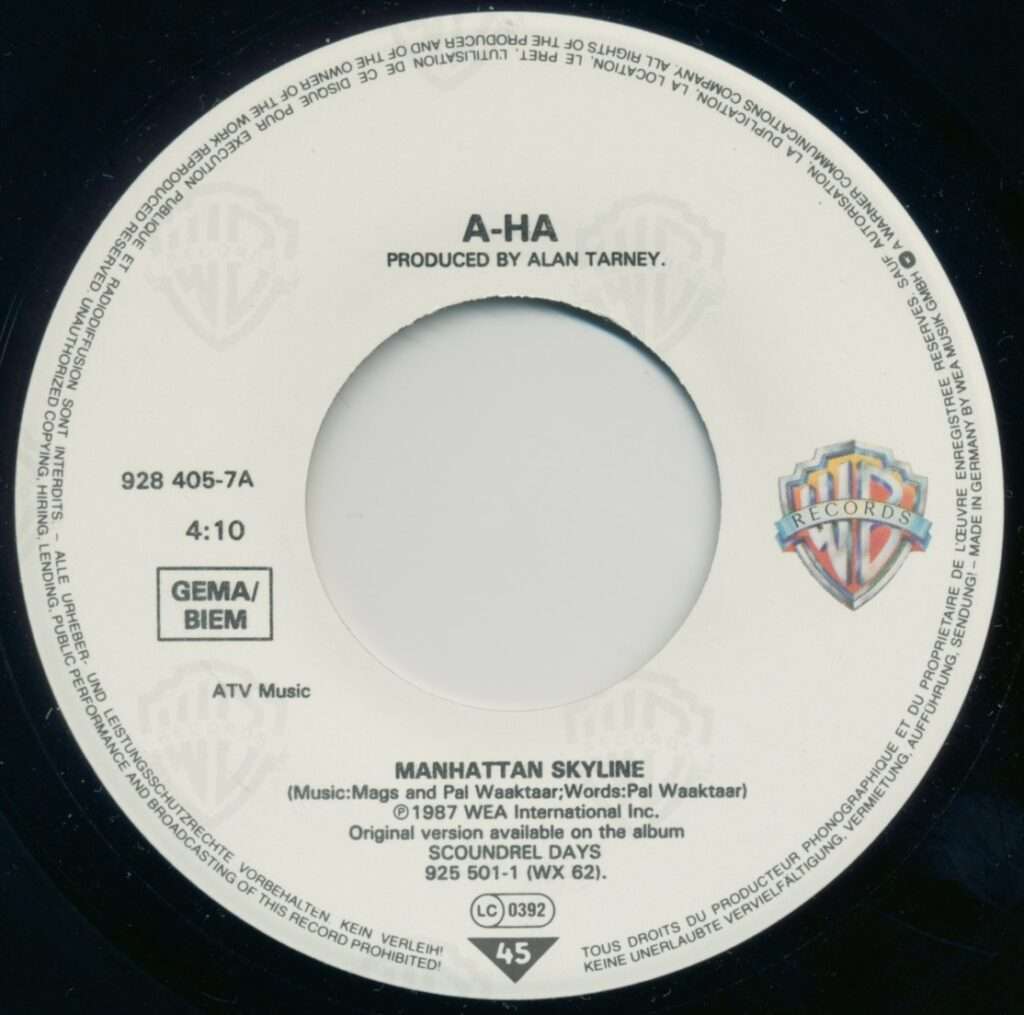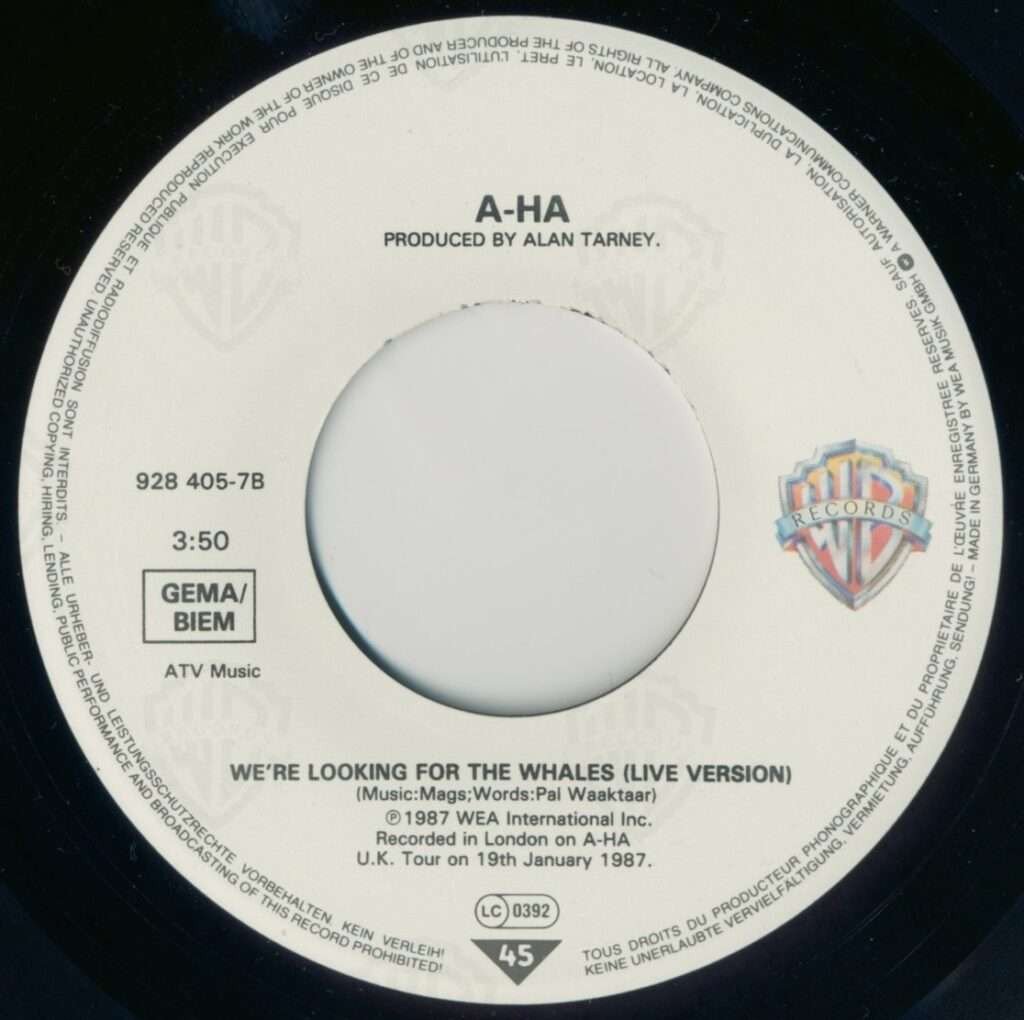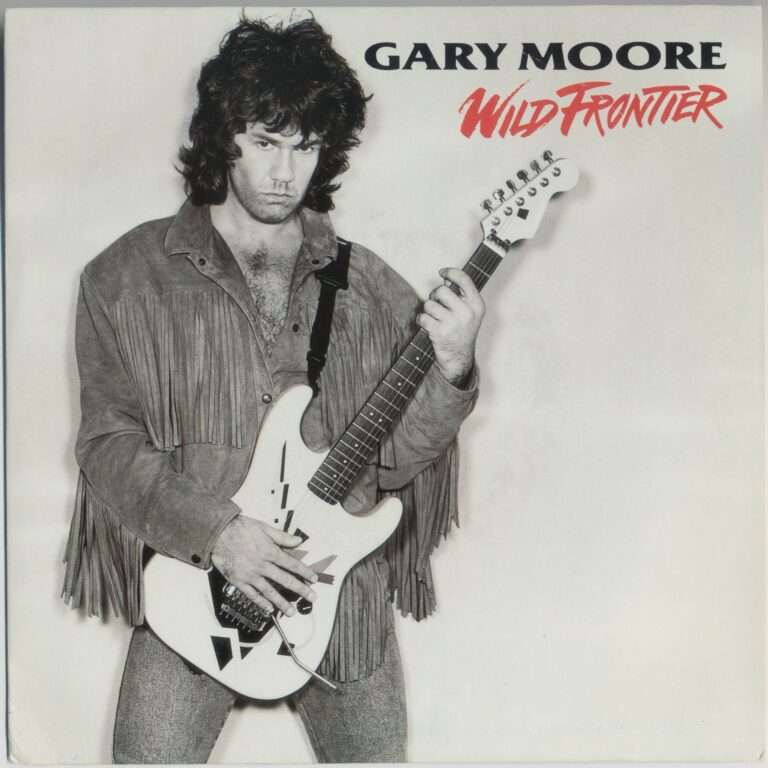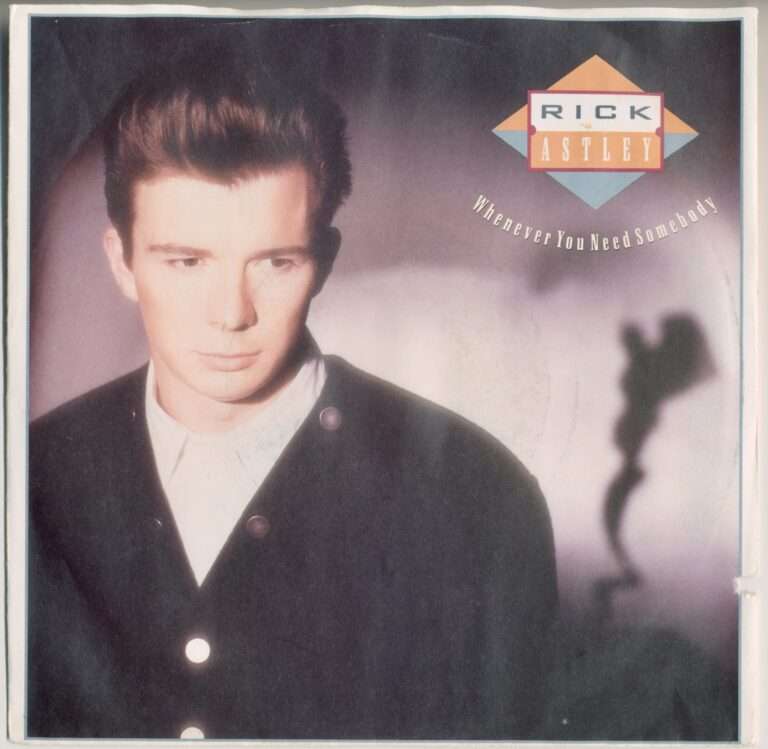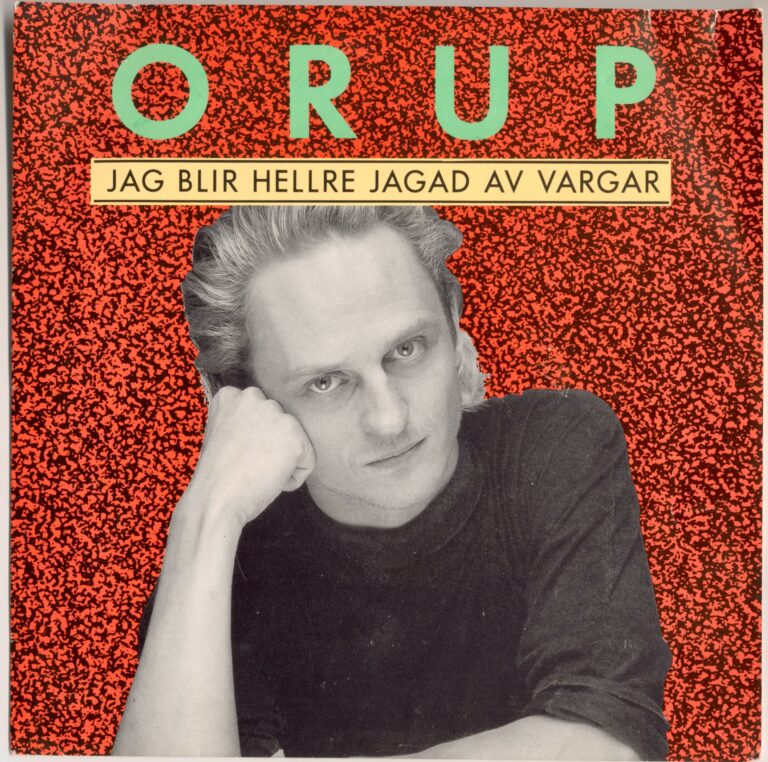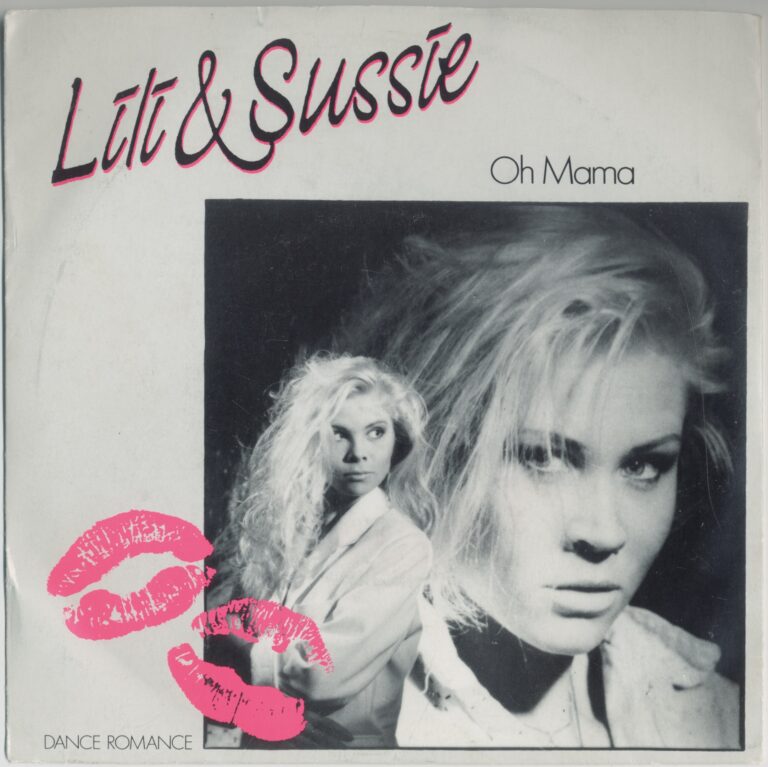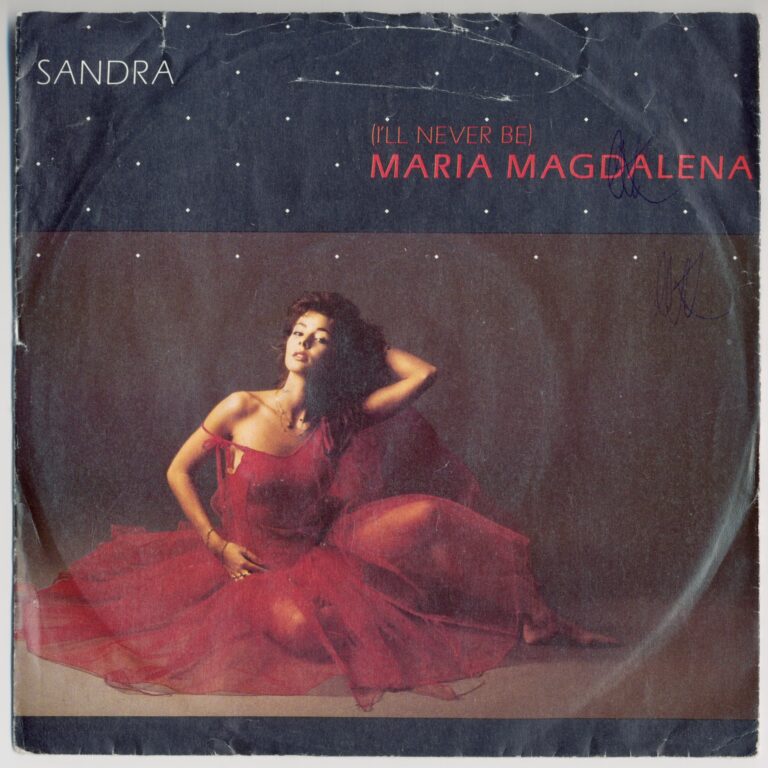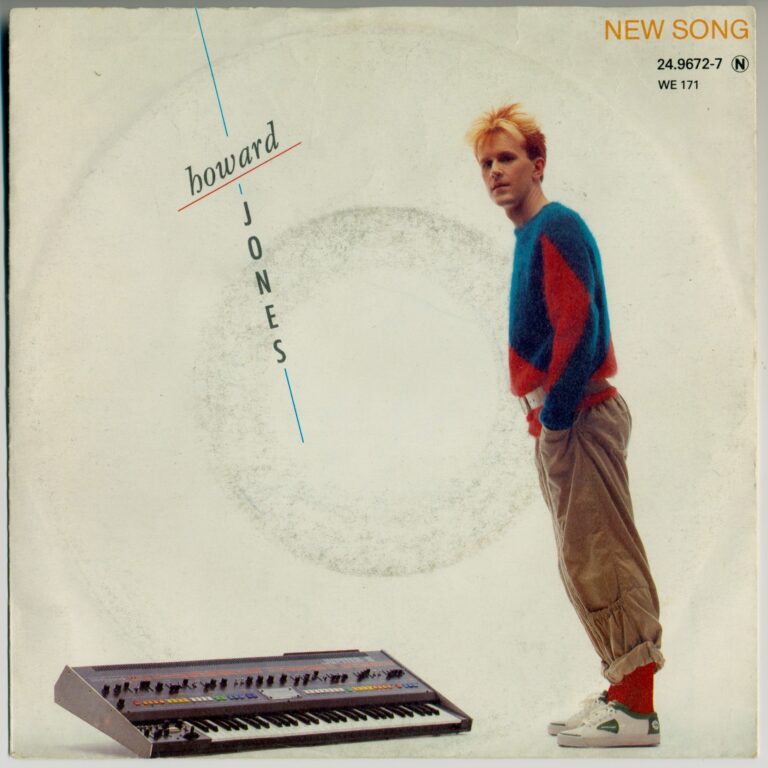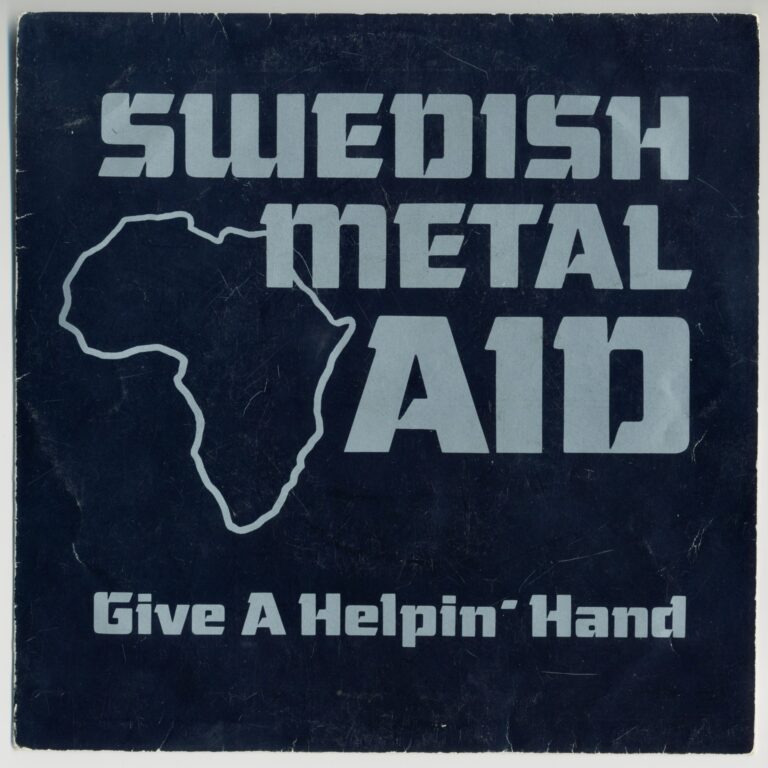Stepping out of the shadow of their massive hit “Take On Me,” the Norwegian band A-ha released a powerful statement in 1987. Their single “Manhattan Skyline” wasn’t just another pop song; it was a deliberate shift into a darker, more complex sound. This was the band’s way of pushing back against the “teeny bop” label that had followed them since their explosive debut. With its mix of pop-rock and new wave, “Manhattan Skyline” expressed a truer reflection of their musical identity.
The single’s artwork was a clue to this transformation. Gone were the bright, animated visuals of “Take On Me”. Instead, renowned photographer Just Loomis captured a somber, black-and-white portrait of the three band members on a New York City rooftop. Positioned against a sprawling cityscape, they appear contemplative and serious, a stark contrast to their earlier, polished image. The location itself, near Times Square, mirrors the song’s themes of new beginnings and urban escape. This choice wasn’t just a creative decision; it was a strategic move to visually re-brand the band and reinforce the serious artistic statement they were making with their music.
On the B-side, the single offered an unexpected treat: a live version of “We’re Looking for the Whales,” a song from their debut album. Recorded in London on January 19, 1987, during their tour, this live track showcased their skill as performers, an aspect often overshadowed by their studio work and music videos. By including this, A-ha reinforced their commitment to being recognized as a credible, touring rock band.
The song’s composition is a fascinating tale of two distinct halves. Keyboardist Magne Furuholmen wrote the quiet, melancholic opening, which features a unique harpsichord-like synthesizer. This stands in stark contrast to the aggressive, guitar-driven chorus, a hard-rock section in D minor created by guitarist Pål Waaktaar. This juxtaposition of a delicate synth-based verse and a powerful, guitar-driven chorus is more than just an arrangement; it mirrors the creative tension within the band itself and their effort to fuse their polished pop roots with a desire for more complex rock arrangements.
The lyrics of “Manhattan Skyline” tell a story of emotional departure. A narrator leaves a failed relationship and their home country for a new life in America. The central image is a “black and white picture of Manhattan skyline” from a newspaper, which symbolizes a “chance of a lifetime to see new horizons” and a literal and metaphorical escape. The music perfectly complements this narrative, with the somber keyboards of the verses conveying the pain of leaving and the hard-hitting chorus underscoring the determination to move forward.
“You know / I don’t want to cry again”
The music video, directed by Steve Barron, the same director behind the iconic “Take On Me” video, added a layer of cultural context to the song. Inspired by newsprint, the video featured innovative visual elements, including a crossword puzzle and a printing press. Aftenposten newspaper headline, “Palme-saken nær en løsning?” is briefly shown at the end of the video. The headline, which translates to “Palme case nearly solved?”, refers to the still-unsolved assassination of Swedish Prime Minister Olof Palme. This tragic event was a national tragedy for Sweden. By including this detail, A-ha linked their work to a serious public discourse and transcended the superficial pop image they were trying to shed. The video suggests that even a personal song of escape can exist within a world of broader political complexities.
“Manhattan Skyline” performed well commercially, particularly in Europe, reaching the top 5 in Ireland and their home country of Norway. It also secured a solid position at number 13 on the UK Singles Chart. The song was also a success in Sweden, spending four weeks on the radio chart “Trackslistan” and peaking at number 7. It also landed at number 82 on the Trackslistan year-end list for 1987. Although the shift to a darker sound may have limited their immediate mainstream success in the US, the band believed this move was essential for their longevity.
The song’s lasting appeal is evident in its live performances and influence on other artists. A-ha re-imagined the song on their 2017 album, MTV Unplugged: Summer Solstice, with a new soundscape featuring harpsichord and acoustic guitar. The song’s dual nature also inspired Norwegian progressive metal artist Ihsahn to create a powerful metal cover in 2020, which builds from a delicate ballad-like verse to a bombastic chorus. This cross-genre tribute speaks to the depth of the original composition. “Manhattan Skyline” is also featured in a popular sketch from the Scottish TV show Limmy’s Show, introducing the song to a new generation through the “RIP Benny Harvey” meme. The single, in every aspect of its creation and release, was a statement of A-ha‘s artistic ambition and their determination to be seen as more than a fleeting pop trend.
My copy: 7″, 45 RPM, Europe, 1987, Warner Bros. Records
Trackslistan (Swedish radio chart): 4 weeks, peaked at #7, #82 on year-end list 1987

